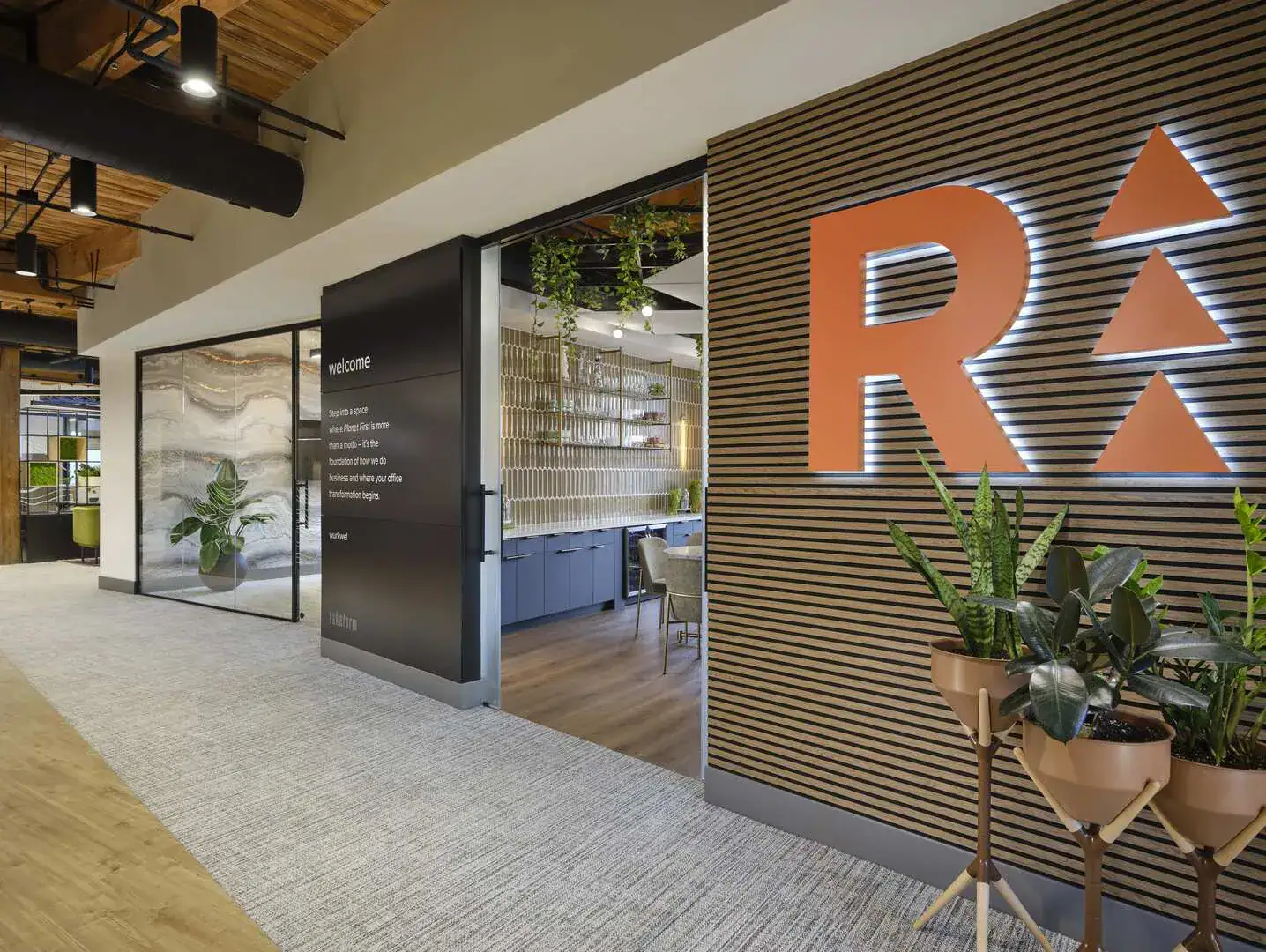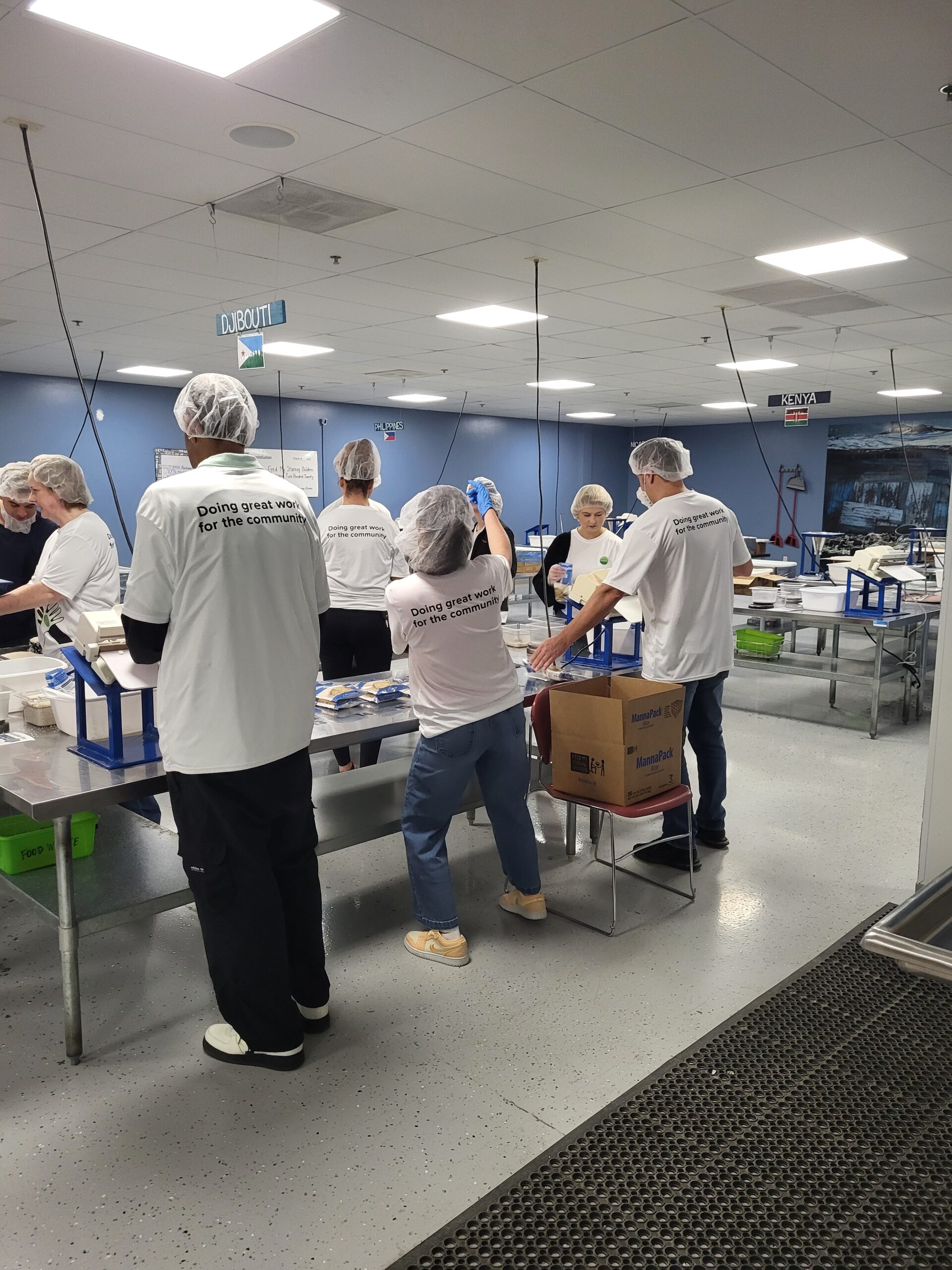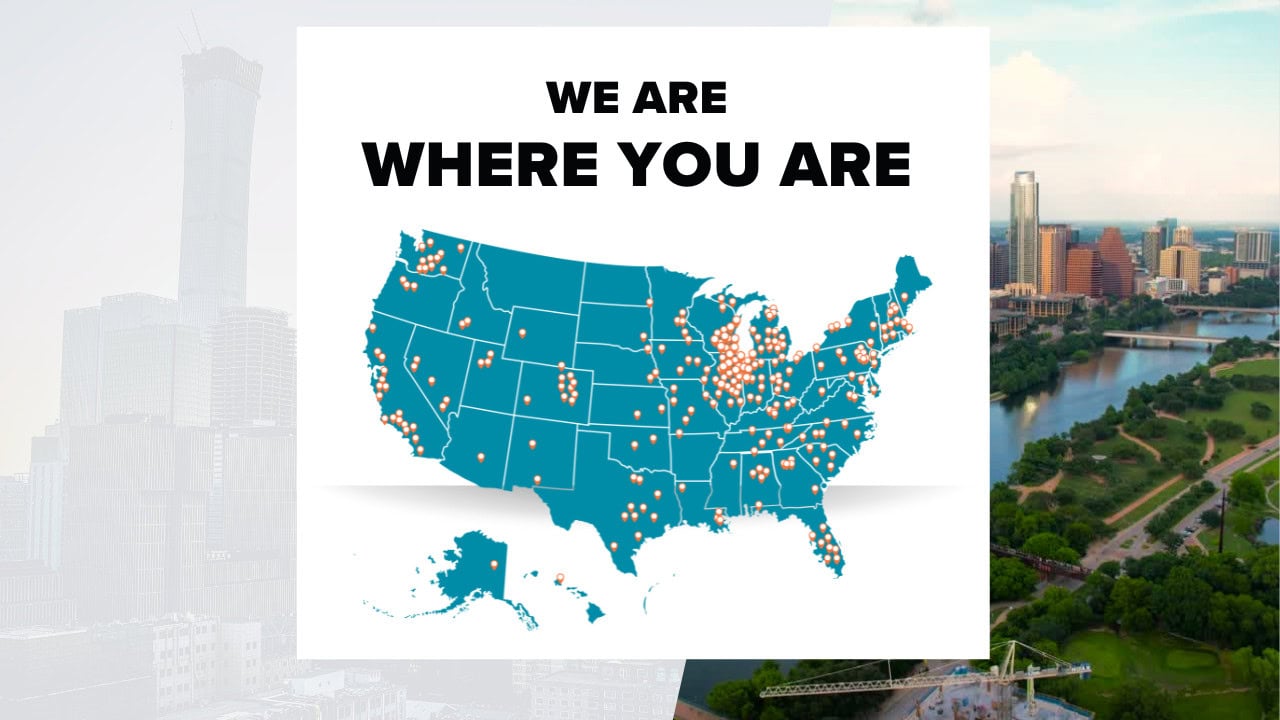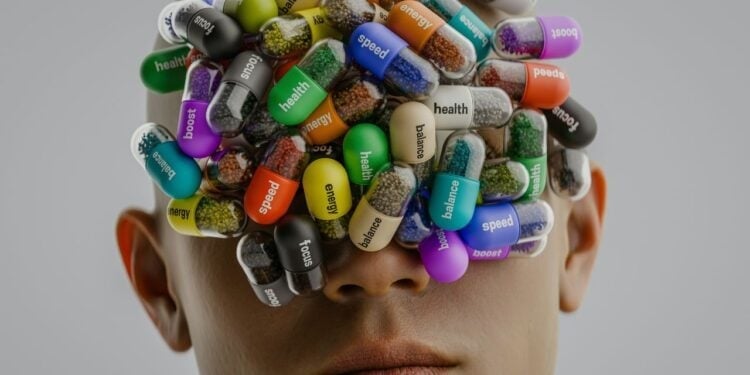
We used to ask, “How do we get people back into the office?” Now the better question is, “Why would they even want to come back?” The answer isn’t free snacks or forced fun Fridays. It’s neuroscience. The best workplaces today aren’t built around status or square footage; they’re designed around how we feel.
At Rightsize Facility, we’ve watched the workplace shift from a static container of productivity to a dynamic, human-centric experience. And when that experience feels good – dopamine good – people actually want to be there. They perform better. They collaborate more. They stay longer. This isn’t fluff. It’s chemistry.
The Science of Feel-Good Space
Dopamine is the body’s “feel good” neurotransmitter. It drives motivation, memory, movement, and mood. And while it’s often associated with social media hits or guilty pleasure playlists, dopamine is also triggered by our environment – lighting, layout, movement, novelty, even texture.
Research published in the journal “Frontiers in Psychology” found that enriched environments – those that stimulate multiple senses – boost dopamine production and cognitive performance.¹
So, what happens when we apply that principle to workplace design? We stop designing spaces for tasks—and start designing for emotion.
What Dopamine-Driven Design Looks Like
What Dopamine-Driven Design Looks Like
1. Movement-Friendly Layouts
Static desks and rigid floor plans are out. Modular design, sit-to-stand workstations, walking paths, and “pause points” allow people to move naturally, creating microbursts of dopamine throughout the day.
In fact, even brief movement every 30 minutes has been linked to sharper focus and elevated mood.²
2. Color and Light That Energize
Natural light has long been known to support circadian health, but we’re now seeing intentional use of color theory in breakout areas, focus zones, and even brand identity walls to elicit specific emotional responses – calm, focus, inspiration, trust.
Rightsize’s award-winning Chicago showroom uses layered lighting and soft biophilic tones to guide energy through the space. The effect is subtle, but you feel it the moment you walk in.
3. Sensory Layers that Spark Joy
It’s not just what you see – it’s what you touch, hear, and even smell. Upholstered textures, natural materials, acoustic privacy, ambient soundscapes, and subtle scent diffusers (yes, really) all play a role in creating memorable, positive environments.
These multi-sensory triggers don’t just make offices Instagrammable – they make them sticky. They give people a reason to linger.
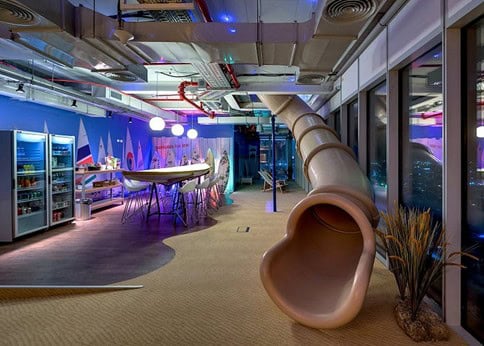
Surprise Matters (Yes, Even in the Office)
The human brain loves novelty. We’re wired to get small dopamine hits from unexpected moments – new visuals, surprise interactions, or even a shift in the usual routine.
According to a 2023 Harvard Business Review study, 61% of employees said “novelty” in the workplace helped them feel more engaged and energized.³
Incorporating rotating artwork, seasonal zones, or even “design Easter eggs” into your space (think: an underused hallway turned into a community chalk wall) can create micro-moments that surprise and delight. It’s workplace serendipity – with a purpose.
Emotional ROI Is Business ROI
This isn’t just a vibe – there’s hard value behind it. Offices that feel good have lower turnover rates. They support mental health, creativity, and engagement. And they give companies a true competitive edge in the hybrid age.
According to Gallup, employees who are engaged and have a strong sense of well-being are 59% less likely to look for a job elsewhere.⁴
Dopamine-driven design is the workplace version of “you had to be there” – and increasingly, people want to be.
Final Thought: Stop Designing for Looks – Start Designing for Feeling
If the last few years taught us anything, it’s that productivity can happen almost anywhere. But connection? Fulfillment? A sense of place? Those are harder to engineer—and far more valuable.
So, the next time you walk into a space and think, “Damn, this feels good,” – pay attention. That’s dopamine talking. And in the modern workplace, that’s exactly who we should be designing for.
References
¹ Frontiers in Psychology, “The Role of Enriched Environments in Brain Function” – https://www.frontiersin.org/articles/10.3389/fpsyg.2017.00594/full
² CDC Movement Guidelines: https://www.cdc.gov/physicalactivity/basics/adults/index.htm
³ HBR Analytic Services, “Creating Resilient Workplaces” – https://hbr.org/sponsored/2023/11
⁴ Gallup, State of the Global Workplace Report 2024 – https://www.gallup.com/workplace


